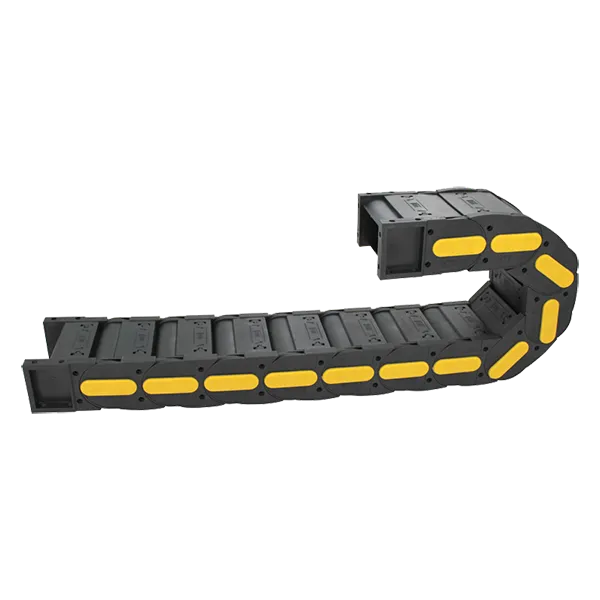steel cable carrier chain
Steel Cable Carrier Chains A Comprehensive Overview
In the realm of engineering and industrial applications, maintaining efficiency and organization in the movement of cables is paramount. This is where steel cable carrier chains come into play. These robust and versatile components are essential in various fields, including manufacturing, automation, and robotics, where cables need to be safely and effectively managed as machinery moves.
What is a Steel Cable Carrier Chain?
A steel cable carrier chain, often referred to as cable chain or drag chain, serves the purpose of guiding and protecting electrical cables, hydraulic hoses, and pneumatic lines. Visioned as a series of interconnected links, these chains facilitate the smooth and organized movement of cables that might otherwise get tangled or damaged during operation. The material—steel—provides enhanced strength and durability, making these chains suitable for heavy-duty applications.
Advantages of Using Steel Cable Carrier Chains
1. Durability Steel cable carrier chains are designed to withstand harsh environments. They are resistant to wear and tear, which extends their lifespan significantly compared to other materials such as plastic.
2. High Load Capacity The inherent strength of steel allows these carriers to support heavy cables and hoses without sagging or deforming. This is particularly beneficial in industrial settings where cables can be quite thick or numerous.
3. Versatility These chains can be customized to accommodate various cable sizes and lengths, making them suitable for a wide range of applications—ranging from cranes and conveyors to robotics and CNC machines.
4. Safety With cables securely held in place, there is a reduced risk of tripping hazards or accidental disconnections. This boosts overall workplace safety and reduces maintenance time related to cable damage.
5. Efficiency By organizing cables and allowing for smooth movement, steel cable carrier chains contribute to the overall efficiency of automated systems. The predictable paths help in avoiding unnecessary wear on cables, which means lower costs for repairs and replacements.
Key Applications
steel cable carrier chain

Steel cable carrier chains find application across various industries. Some notable uses include
- Manufacturing In assembly lines, these chains keep the wiring clean and organized, ensuring that production can proceed without interruptions.
- Robotics Robots often require a multitude of wires and hoses for power and communication. Utilizing these carriers allows for fluid movement without restricting the robot's performance.
- Cranes and Hoists For moving heavy loads, ensuring that cables do not get snagged or damaged is critical. Steel cable carriers allow for safe operation, even in high-tension scenarios.
- CNC Machines High-precision machines benefit from cable management solutions that prevent cable flexing—a common issue that can lead to inaccurate tool paths.
Installation and Maintenance
Installing steel cable carrier chains typically involves mounting the carrier securely to fixed structures while routing cables through the chain segments properly. It's crucial to ensure that there is sufficient clearance for movement to avoid any wear.
Regarding maintenance, regular inspection of the chains for signs of wear and tear is recommended, along with checking the cables for insulation damage. Given the robustness of steel, maintenance routines can often be less frequent compared to other materials, yet proactive checks can prevent costly downtimes.
Conclusion
Steel cable carrier chains are indispensable in modern industrial applications, providing efficiency, safety, and durability. Their ability to manage complex wiring systems in various environments showcases their versatility and reliability. As industries continue to evolve and push the boundaries of efficiency and automation, the importance of such essential components as steel cable carrier chains will only grow, ensuring that systems operate seamlessly for years to come. Investing in high-quality steel carrier chains not only enhances operational reliability but also contributes to a safer and more organized working environment.








